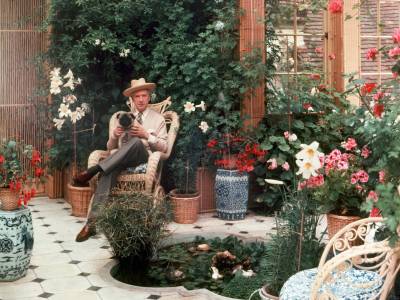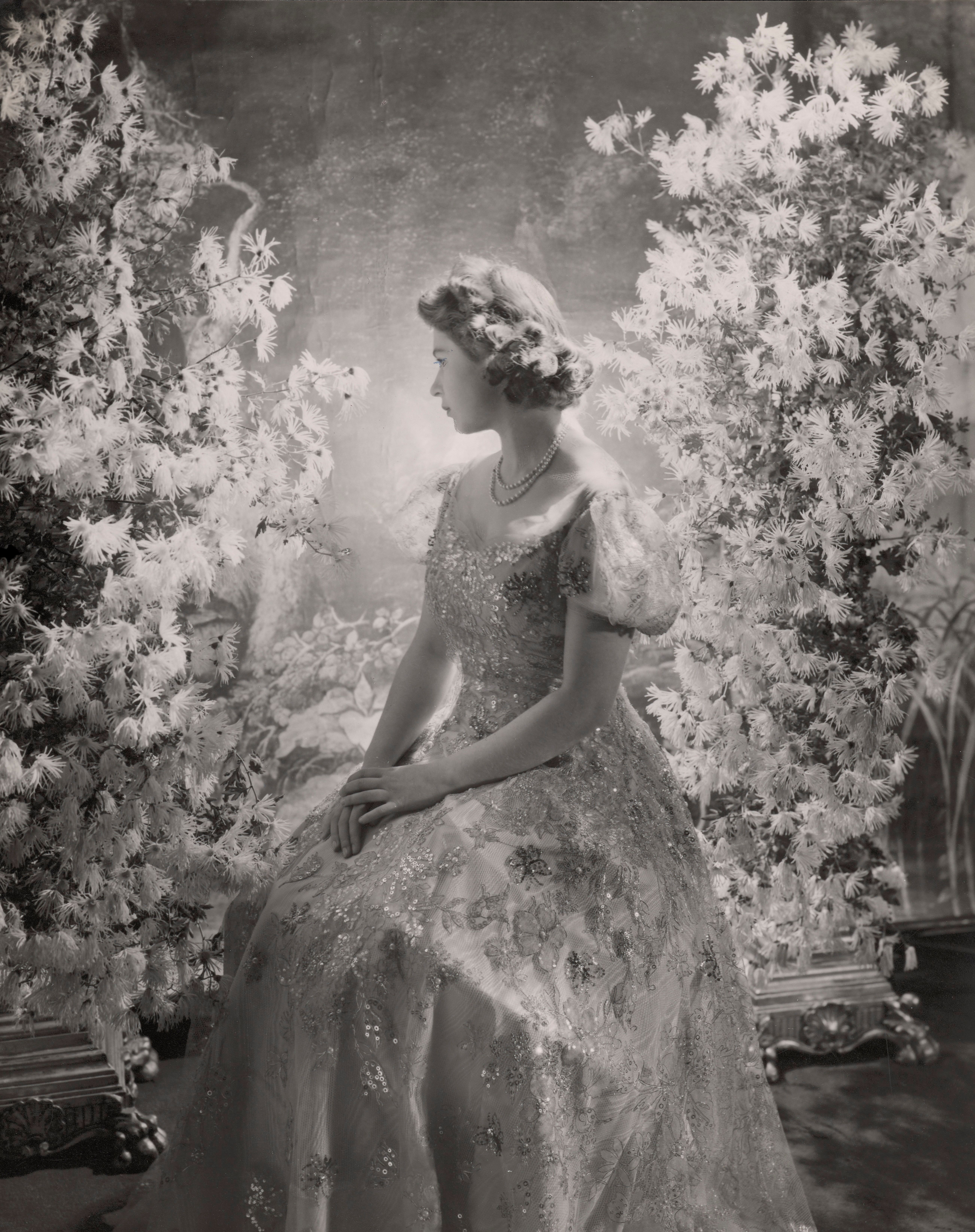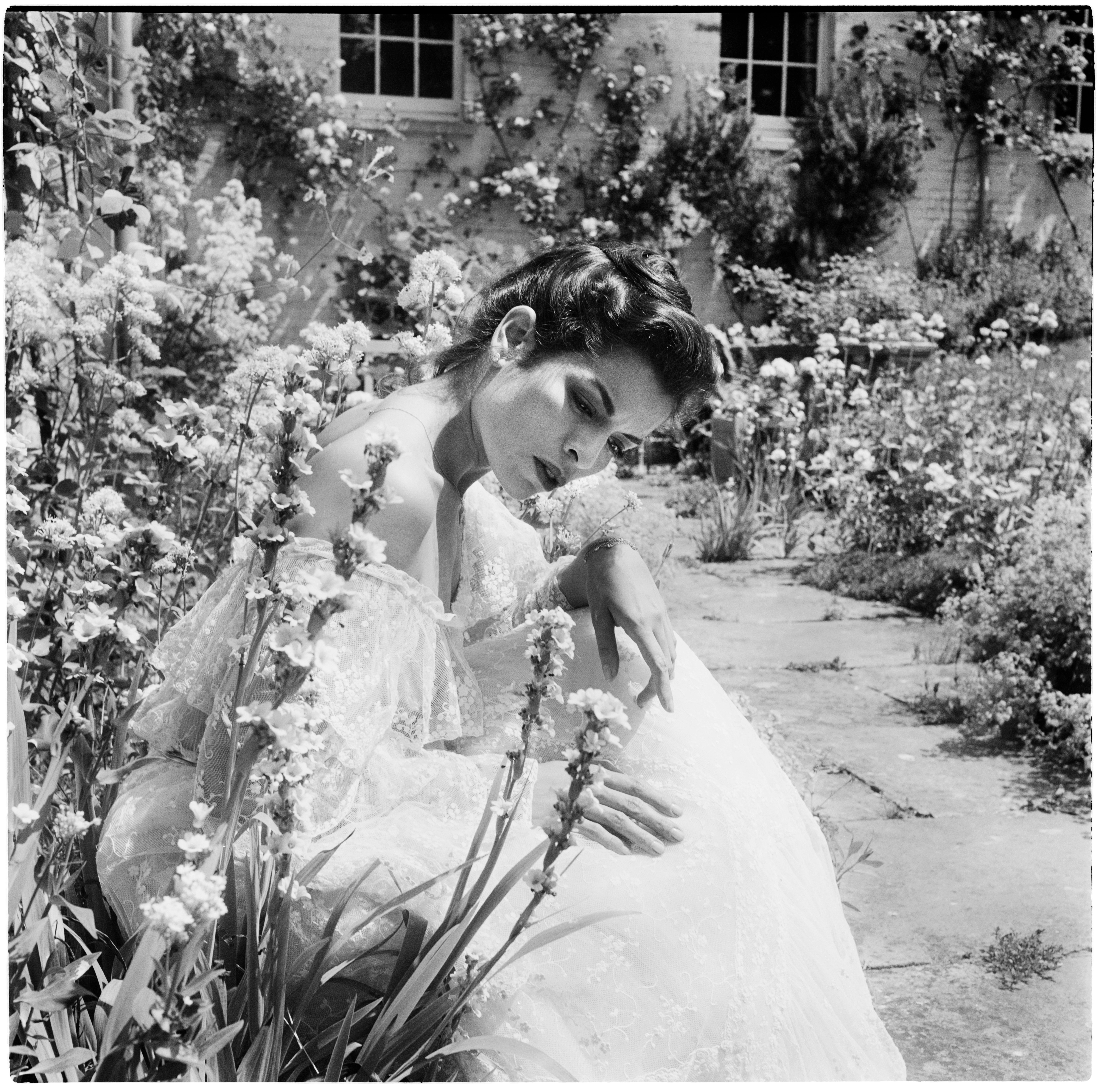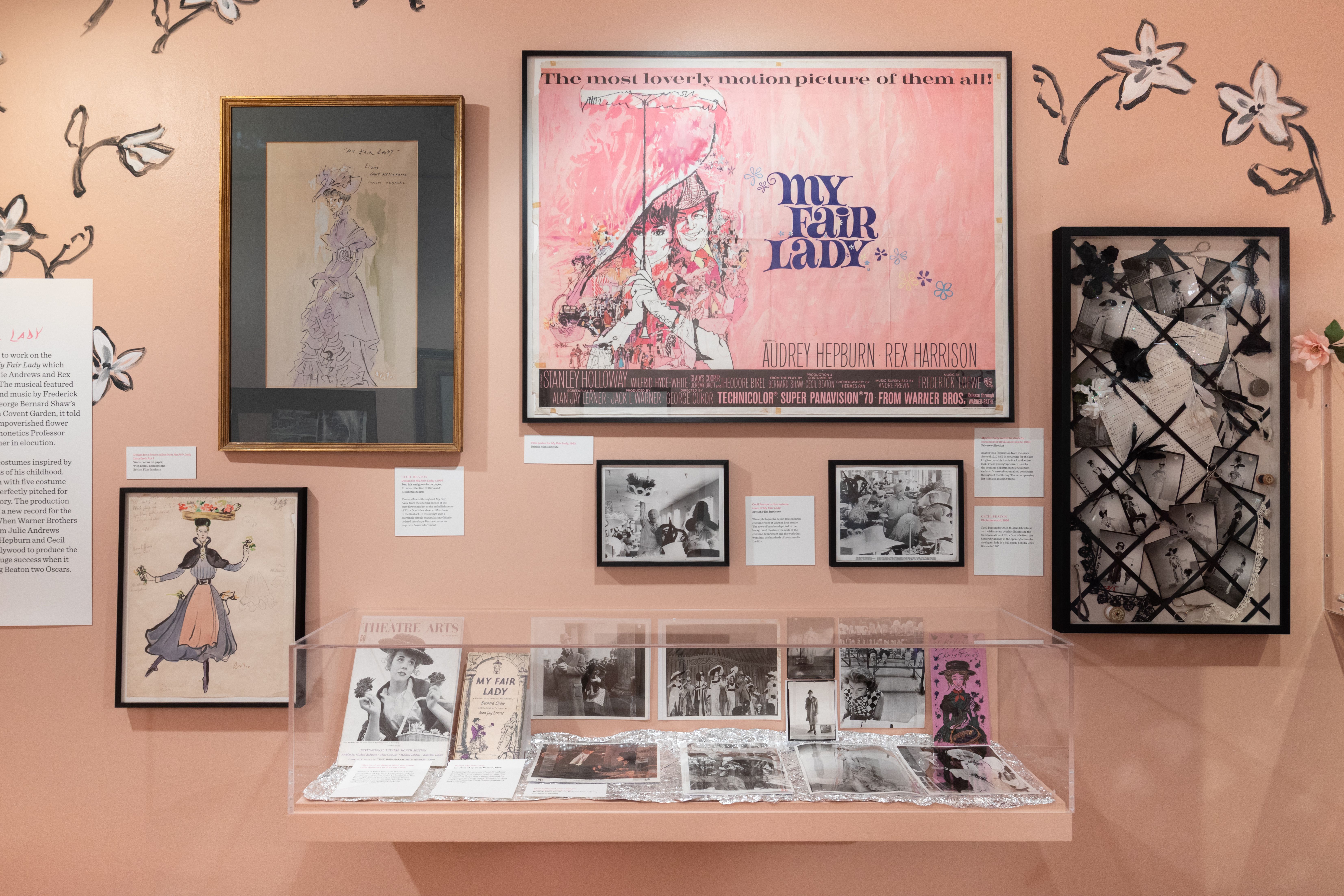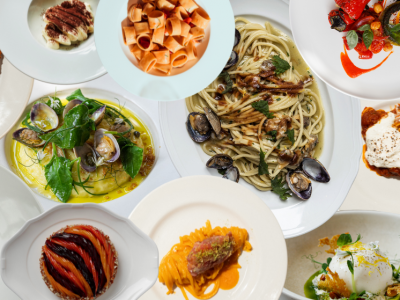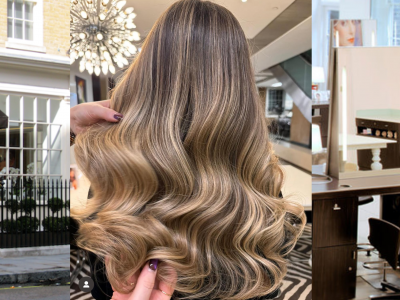With a moody, romantic style ripped straight from the opera stage, Beaton’s status as something of a Renaissance man—counting roles as an interior designer, war photographer, and painter amongst others—spreads like roots through the collective consciousness of British design.
Now, the Garden Museum invites its visitors to tumble through a proverbial rabbit hole into the artist’s creative world. The latest exhibit ‘Cecil Beaton’s Garden Party’ is host to the common thread that runs thickly through his work – that of nature itself.
